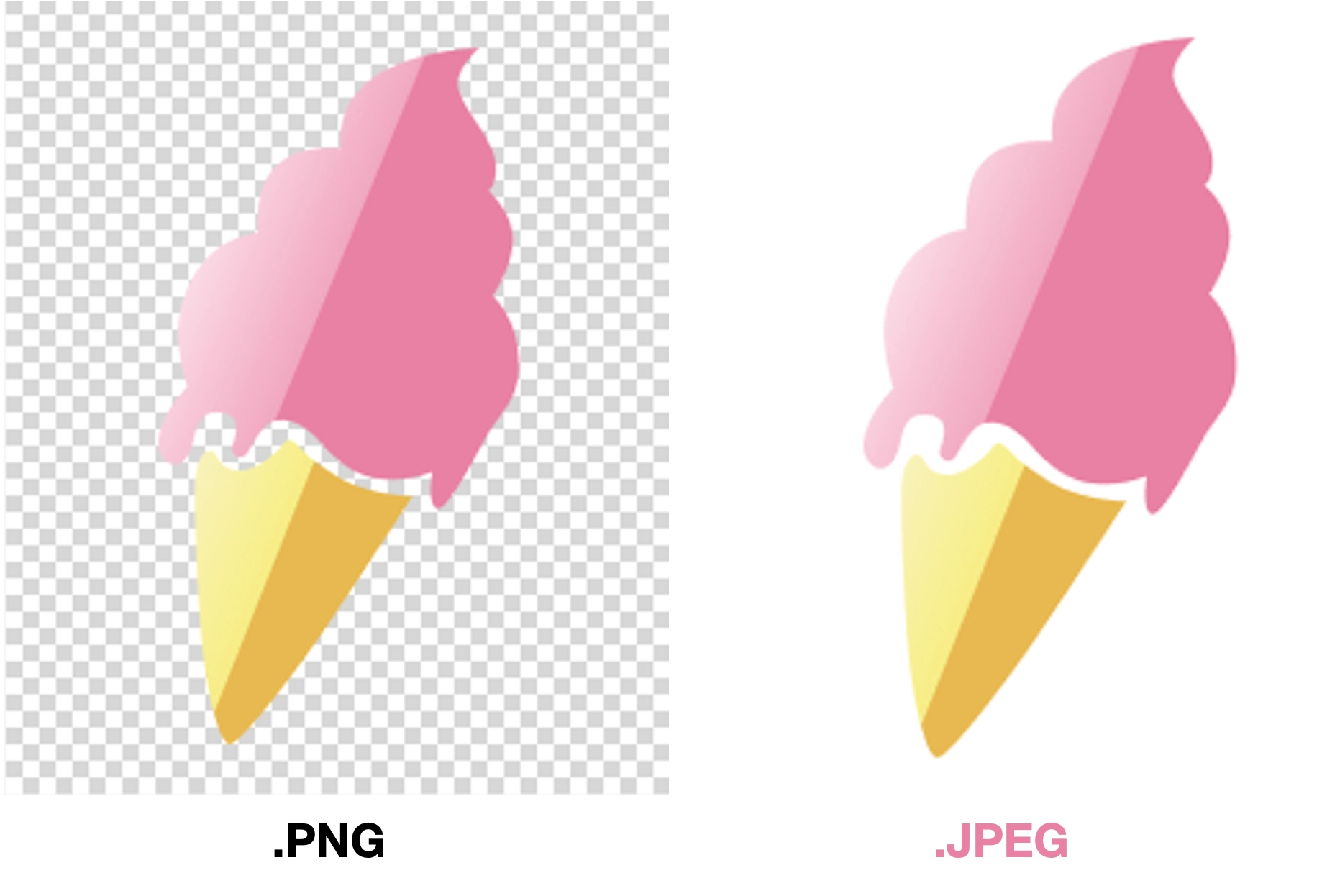Unmatched Compression Efficiency
WebP images can be on average 30% smaller than comparable JPEG or PNG files, as stated by Google's WebP documentation. This substantial size reduction without a dip in quality is a key advantage for anyone aiming to enhance their site's speed and performance.
Impact on Load Time
To put it in practical terms, consider a webpage that loads 10 JPEG images, each being 100KB. That totals to 1MB of image data. When converted to WebP, these images can reduce to about 65-75KB each, shrinking the total image load to 650KB-750KB. This can drastically improve page load times, especially for users on slower connections.
SEO and User Experience
Speeding up page load from 3 seconds to under 2 seconds can enhance user engagement and reduce bounce rates. These are critical factors for SEO, and Google does consider page speed as a ranking element. Thus, faster load times can positively impact your site's search engine visibility.
Cost Savings on Bandwidth
Smaller image sizes translate to less data being served, which can lead to noticeable cost savings on bandwidth when operating at scale.
Browser Support
Modern browsers, covering over 95% of the global browser market, support WebP. This widespread support makes WebP a reliable choice for global implementation.
The facts speak for themselves. Transitioning to WebP isn't just a good idea—it's an essential step for modern web optimization.
You May Also Like
